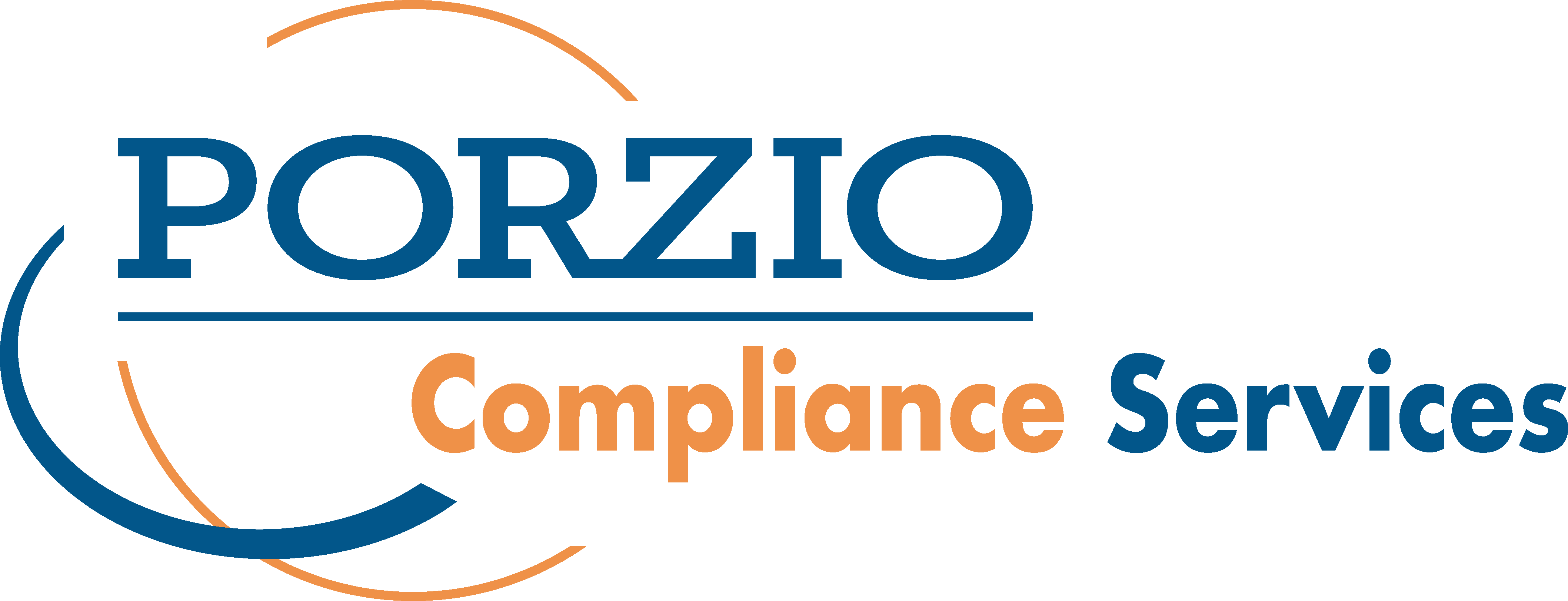Authored by: Kevin M. Craig
A spate of widely publicized shootings in recent weeks has renewed the conversation around these incidents and the need to focus on ways to prevent acts of violence. While some of these incidents occurred at public venues with little or no apparent connection between the location and the assailant, other circumstances place incidents in the category of workplace violence.
While high-profile incidents of mass violence often drive the conversation, workplace violence is a far more complex issue than these extreme incidents portray. Violence in the workplace comes in many forms and not all incidents result in the loss of life. Regardless of the type and severity, however, employers have an obligation to provide a safe and secure environment for employees, visitors, and clients.
Types of Violence in the Workplace
Contrary to the sensationalized incidents that garner media coverage, mass shootings make up an extremely small percentage of workplace violence incidents. Organizations are far more likely to experience violence in the form of assaults, domestic abuse, harassment, stalking, or threats than a mass casualty incident. Likewise, threats of violence can come from both internal and external sources. Threats most often fall into one of four categories:
- Acts by individuals or groups that have no connection to the organization such as a robbery or other criminal act.
- Violence directed at employees by customers, clients, students, patients, or other recipients of goods or services.
- Violence against co-workers, supervisors, or managers by a current or former employee.
- Violence committed by an individual with no connection to the organization, but connected to an employee through a personal relationship such as domestic violence or stalking.
It is incumbent upon employers to address incidents of violence in the workplace and implement protocols to prevent, prepare, respond, and recover from incidents of violence in all forms.
Preventing Violence- Proactive Strategies
It is easy to gain support for a workplace violence prevention effort after an incident has occurred. Unfortunately, organizations that wait until they face a problem or experience a violent incident have missed opportunities for prevention. Organizations will be better equipped to address violence in the workplace if a proactive strategy is implemented before incidents occur. Any such strategy must be supported by organizational leadership with input from employees. Employee participation in the planning process is important to identify specific needs that will fit within the organizational culture. While general prevention strategies are a starting point, prevention programs must be tailored to fit the organization. There is no one-size-fits all solution. Some key components to any effective prevention strategy include:
- Written workplace violence policies
- Pre-employment screening
- Mechanisms for employees to report concerns
- Conducting a security assessment to identify gaps and vulnerabilities
- Staff training for awareness of risk factors and identifying concerning behavior
- Threat assessment and management functions
- Employee assistance programs and resources
Preparing the Workforce- Response Strategies
Despite the best efforts at prevention, incidents of violence may still occur. Unfortunately, there is no person, policy, or technological solution that can provide 100% guarantee against violence. For this reason, organizations must prepare employees to respond effectively if confronted with violence on the job.
Similar to prevention, the time to discuss response strategies is well before you are confronted with a violent act. Employees should know response options and best practices for their safety and security. This can be accomplished through workplace violence training and exercises for employees to set expectations and empower employees to take actions to secure their safety during an event.
Response strategies should also include collaboration with law enforcement. Law enforcement having access to facilities and familiarization with the physical environment and floor plans will enhance the effectiveness of external responses and expedite response times in the most serious incidents that require law enforcement intervention.
Law enforcement response is important, however, actions taken by employees during a violent incident before police arrival will have the most significant impact on employee safety. This may include personal safety and the safety of others. Individual employees should consider the following actions if confronted with violence in the workplace, particularly in potentially life-threatening situations:
- Move to a safer location, outside the facility if possible
- Call 911 and activate available mass notification systems
- Seek shelter in a lockable area. Use items to barricade doors if available and indicated by the threat
- Be prepared to defend yourself if confronted directly and evacuating or locking down is not an available option
These actions, often referred to as Run, Hide, and Fight, depend on the specific circumstances and abilities of each individual in the organization. Everyone in the facility may not have the ability to quickly exit to secure their safety. Similarly, everyone may not have the same ability or willingness to fight back when confronted. It is important to empower employees to make these decisions independently based on the circumstances, no employee should be expected to fight off or subdue an assailant or otherwise put themselves in harm’s way to protect others.
Lasting Impact- The Road to Recovery
Incidents of violence can have a lasting impact on both the organization and individual employees. The effects of trauma can last far beyond the conclusion of the violent act. In the immediate aftermath of an event, organizations should account for all employees and make necessary notifications to families of employees with the assistance of law enforcement if necessary.
To facilitate recovery, workplace violence programs should consider that the entire organization, not just the direct victims of violence, will be affected. Organizational resilience after an incident will be greatly enhanced through the availability of counseling services for employees. These services will provide information, support, and other needs to those affected both directly and indirectly. Services may also identify employees who may require ongoing support or more long-term services to address trauma.
Like other planning efforts related to workplace violence, post-event support will not be one-size-fits-all. Some employees may require significant counseling, while others may require little or no interaction beyond an initial post-crisis check-in. In either event, the availability of support services will show employees that organizational leaders understand the impact and value the well-being of employees. This will put both the employees and the organization on a path to recovery.
Proactively addressing violence in the workplace should be a paramount consideration for all employers. The safety and security of the organization and employees must be a top priority. Planning workplace prevention strategies must include all phases of potential events, before, during, and after. Planning in this manner will enable employers to prevent, prepare for, respond to, and recover from incidents and maintain a safe, secure, and resilient work environment.



